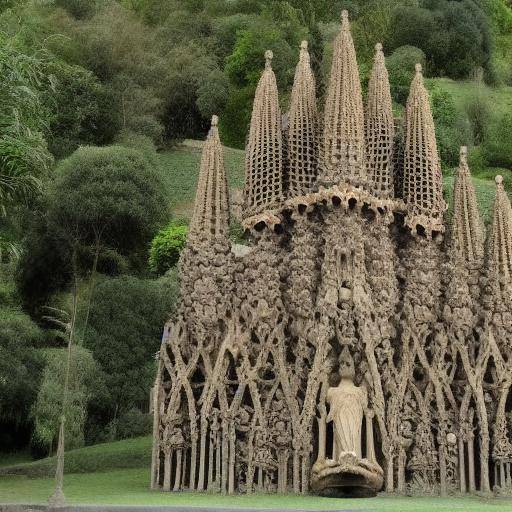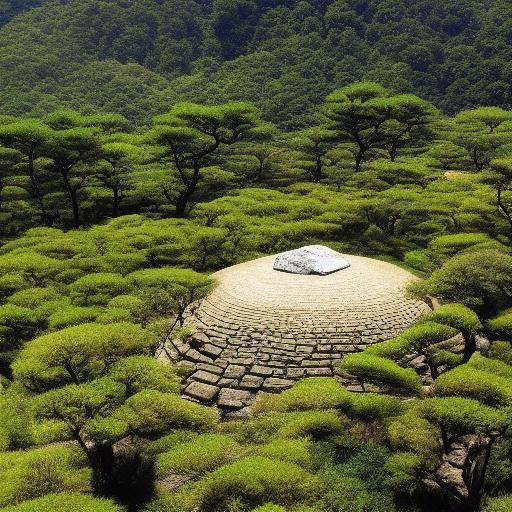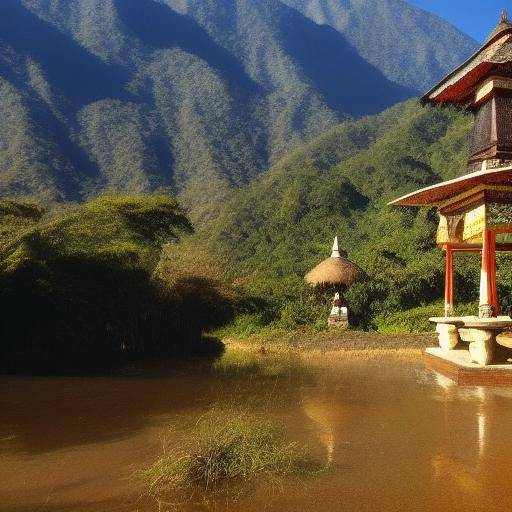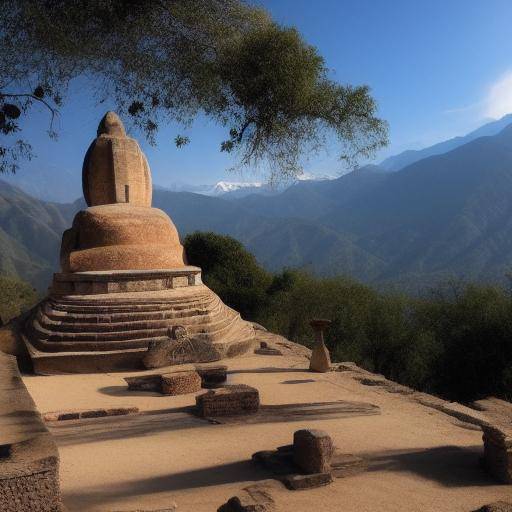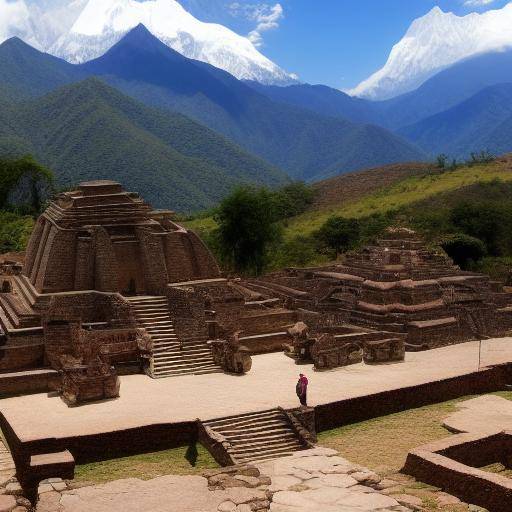
The Kathmandu Valley, located in the heart of Nepal, is a cultural treasure that encompasses a rich amalgam of history, tradition and spirituality. Dive into this fascinating journey through ancient temples, rooted customs and the influence of Buddhism that defines the character of this unique valley. Join us on this journey through the land of the Himalayas, where the majesty of nature intertwines with the spiritual essence of one of the oldest civilizations in the world.
Introduction
With its impressive backdrop of the Himalaya mountains, the Kathmandu Valley is a melting pot of culture and history that offers a unique experience at every step. From the serene presence of Buddhist temples to the traditional architecture of royal palaces, this ancestral site breathes the very essence of Nepal. In this article, we will explore in detail the cultural wealth of the Kathmandu Valley, the influence of Buddhism in the region and the unique connection it maintains with the soul of Nepal.
History and Background
The Kathmandu Valley is an archaeological treasure that has been inhabited for more than two millennia, with evidence dating from the sixth century BC. This region has witnessed the evolution of various dynasties and the influence of several cultures that have left an indelible mark on their heritage. From the Licchavi dynasty to the later domain of the Malla, the history of this valley is woven with tales of splendor, conquest and spirituality.
In addition, Buddhism has played a fundamental role in the formation of the cultural identity of the Kathmandu Valley. The presence of ancient monasteries, stupas and the influence of Buddhist teachings in everyday life make this place a spiritual epicenter for both local inhabitants and pilgrims around the world.
Analysis in Deep
The preservation of Nepali culture and the influence of Buddhism in the region present significant benefits, such as the promotion of sustainable tourism and the promotion of peace and harmony. However, challenges also arise in the preservation of old traditions in the face of the demands of modernity.
Comprehensive review
We will explore the practical applications of Buddhist philosophy in everyday life, from its effects on the collective mentality to its contributions to individual well-being.
Comparative analysis
We will compare the influence of Buddhism in Nepal with its expression in other parts of the world, highlighting the similarities and differences that enrich this ancient spiritual tradition.
Practical Tips and Accessible Recommendations
Discover practical tips to immerse yourself in Nepali culture and connect with the unique spirituality that permeates the Kathmandu Valley.
Perceptions of Industry and Expert Reviews
We will enter into the perceptions of experts in culture and spirituality to understand the importance of preserving and promoting the cultural wealth of the Kathmandu Valley.
Case Studies and Real Life Applications
Through case studies, we will illustrate how the influence of Buddhism has shaped life and society in Nepal, providing tangible examples of its impact.
Future Trends and Predictions
We will explore emerging trends related to the culture of the Kathmandu Valley and Buddhism, anticipating its evolution in the global context.
Conclusion and Frequently Asked Questions
In conclusion, we will strengthen the importance of preserving and appreciating the immense contribution of the Kathmandu Valley and Buddhism to the cultural heritage of Nepal.
Frequently asked questions
1. What is the spiritual meaning of the Kathmandu Valley for the local inhabitants?
The Kathmandu Valley is considered a sacred place by local inhabitants due to its rich religious history and its importance in Buddhism.
2. What are the main religious festivals held in the Kathmandu Valley?
The Kathmandu Valley is witness to numerous religious festivals, such as Maha Shivaratri, Indra Jatra and Buddha Jayanti, which reflect the spiritual diversity of the region.
3. How has the preservation of the cultural heritage of the Kathmandu Valley been affected by natural disasters, such as the 2015 earthquake?
The 2015 earthquake had a devastating impact on the cultural heritage of the Kathmandu Valley, generating significant reconstruction and preservation efforts.
4. What is the role of Buddhist monasteries in the Kathmandu Valley in preserving culture and spiritual knowledge?
Buddhist monasteries play a crucial role in transmitting Buddhist wisdom and preserving traditional spiritual practices in the Kathmandu Valley.
5. What impact does Buddhism influence on the crafts and architecture of the Kathmandu Valley?
The influence of Buddhism is reflected in the exquisite craftsmanship and distinctive architecture of temples and monasteries in the Kathmandu Valley, exemplifying its impact on various aspects of everyday life.
6. What is the most outstanding tourist attraction in the Kathmandu Valley for Buddhism and Culture enthusiasts?
The temple of Swayambhunath, also known as the "Monkey Temple", is a prominent attraction that merges Buddhist spirituality with panoramic views of the Kathmandu Valley.

